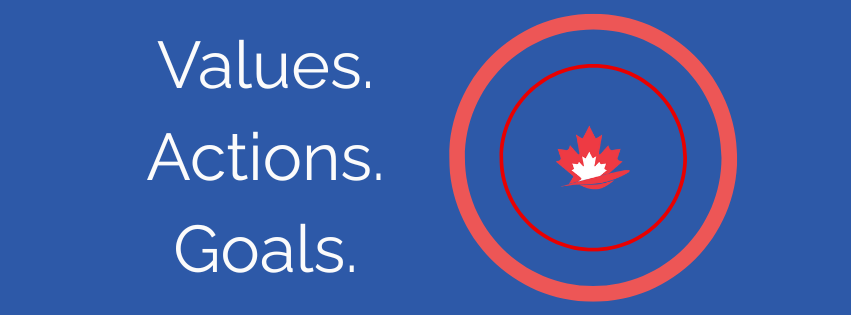Do you ever wish someone would just pay attention? Or maybe you wish you could pay attention better? We all talk about attention, but maybe it’s time to step back and think about how attention works.
Your brain exists to manage your energy budget. It keeps you alive by monitoring your use of resources so that you always have something left in case of emergency. The unconscious processes driven by the brain do two things: 1) scan for trouble and 2) jump to conclusions. Neither of these are good for paying attention. Attention is expensive (to your brain) and to give it to just one thing at a time is to risk missing something.
What makes it easier to pay attention? Four things spring to mind:
1) Connect focus to either pain or gain (the brain is wired to keep you safe and also to keep you moving toward your goals or purpose).
2) Be part of a safe group. When we feel like part of a tribe, we expect that others are watching our blind spots. That leaves us more energy for focus.
3) Keep cycling back. Understand that your attention is meant to wander. Instead of paying attention all at once, pay in instalments.
4) Test yourself. If you’re responding and getting feedback, you’ll be more likely to keep returning to a topic until you have what you need.
Many people are still trying to figure out: “What is NLP?” The ideas above come from neuroscience and related fields. They are not NLP. The techniques that allow you to practice applying these ideas are NLP. NLP is not the final product: it’s the toolkit you use to get there.



